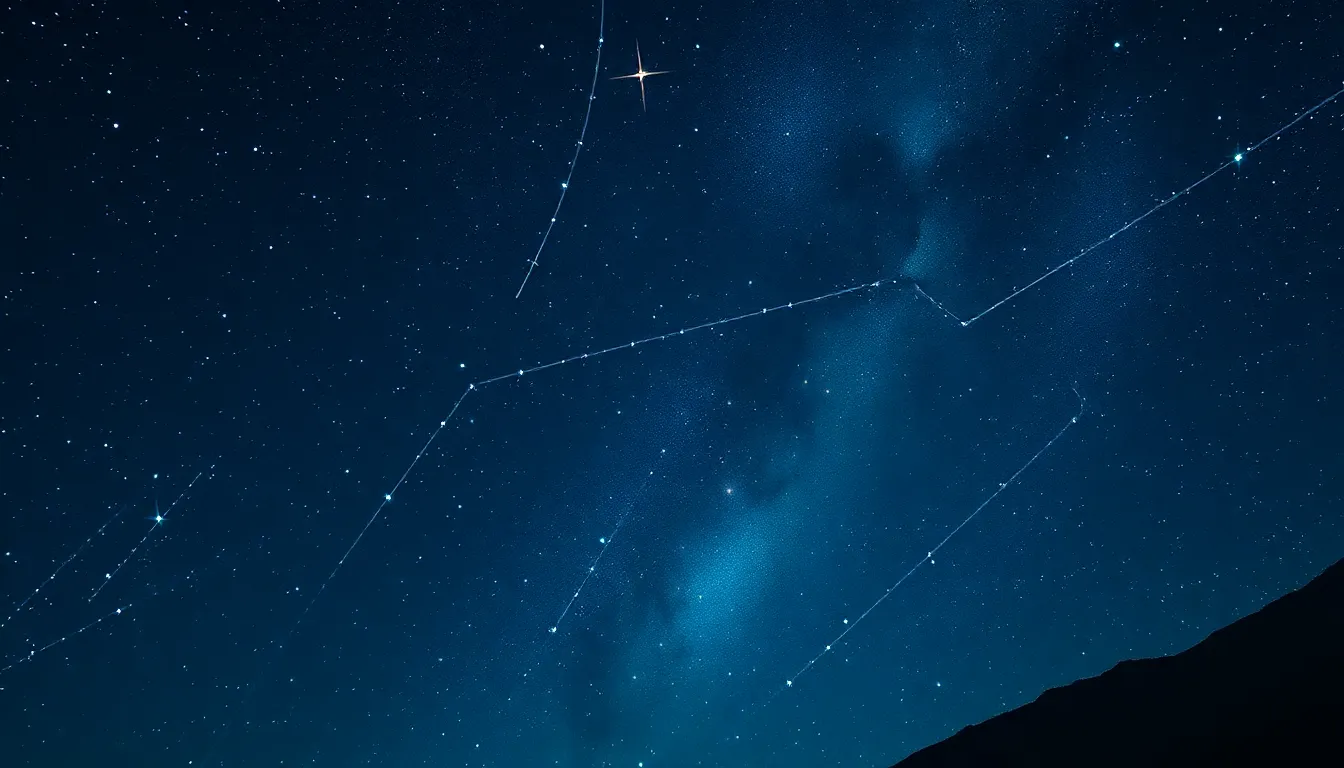Introduction
Australian Aboriginal mythology is deeply intertwined with the natural world. For thousands of years, Aboriginal people have lived in harmony with their environment, developing a profound understanding and connection to the plants, animals, and landscapes that surround them. This connection is reflected in their rich mythology, which tells stories of the Dreamtime, the ancestral beings, and the spirit world.
The Importance of Land to Aboriginal Australians
Land is central to Aboriginal culture and identity. Traditional Aboriginal people believe that the land was created by the ancestral beings during the Dreamtime, and that they are the custodians of this land. They have a deep spiritual connection to the land, and believe that it is a living entity that must be respected and cared for.
The Dreamtime as the Foundation of the Human-Nature Connection
The Dreamtime is the Aboriginal concept of a timeless, ancestral realm that exists alongside the physical world. It is a time of creation, when the ancestral beings shaped the land and created all living things. Aboriginal people believe that the Dreamtime is still present today, and that it is through the Dreamtime that they are connected to the natural world.
Animals as Spirit Beings and Ancestors
In Aboriginal mythology, animals are not just creatures, but are also spirit beings and ancestors. They are believed to have a deep understanding of the land and its resources, and can communicate with humans through dreams and visions. Many Aboriginal clans have totem animals, which are believed to represent their ancestors and protect them from harm.
Plants as Life-Sustaining and Medicine Providers
Plants are also highly revered in Aboriginal mythology. They are seen as life-sustaining providers of food and medicine, and are believed to have healing and spiritual powers. Aboriginal people have a deep knowledge of the medicinal properties of plants, and use them to treat a wide range of illnesses.
6. Landscapes as Stories and Cultural Histories
Aboriginal people see the landscape as a living record of their history and culture. Every hill, valley, and river has a story to tell, and these stories are passed down through generations. The landscape is also a sacred place, where the ancestral beings reside and where ceremonies are performed.
7. Rituals and Ceremonies to Maintain the Balance
Aboriginal people perform a variety of rituals and ceremonies to maintain the balance between humans and nature. These ceremonies include hunting rituals, which ensure that animals are taken respectfully and sustainably; gathering rituals, which honor the plants and ensure their continued growth; and healing ceremonies, which restore harmony to the land and its people.
8. The Role of Elders as Custodians of Natural Knowledge
Elders play a vital role in Aboriginal society as custodians of natural knowledge. They are the repositories of traditional knowledge about the land, its plants and animals, and the Dreamtime. They teach this knowledge to the younger generations, ensuring that the connection between humans and nature is maintained.
9. Contemporary Interpretations of the Human-Nature Connection
In recent years, there has been a growing interest in Aboriginal mythology and its connection to the environment. Aboriginal people are working with scientists and conservationists to share their knowledge and to develop new ways of managing the land. This collaboration is leading to a deeper understanding of the importance of traditional knowledge and the need to protect the natural world.
10. Conclusion: The Enduring Legacy of the Aboriginal Connection to Nature
The connection between humans and nature is fundamental to Aboriginal mythology and culture. For thousands of years, Aboriginal people have lived in harmony with their environment, developing a deep understanding of the natural world and its delicate balance. This connection continues to thrive today, as Aboriginal people share their knowledge and wisdom with others and work to protect the land for future generations.
FAQs
What is the Dreamtime?
The Dreamtime is the Aboriginal concept of a timeless, ancestral realm that exists alongside the physical world. It is a time of creation, when the ancestral beings shaped the land and created all living things. Aboriginal people believe that the Dreamtime is still present today, and that it is through the Dreamtime that they are connected to the natural world.
What is the significance of animals in Aboriginal mythology?
Animals are highly revered in Aboriginal mythology. They are seen as spirit beings and ancestors, and are believed to have a deep understanding of the land and its resources. Many Aboriginal clans have totem animals, which are believed to represent their ancestors and protect them from harm.
How do Aboriginal people maintain the balance between humans and nature?
Aboriginal people perform a variety of rituals and ceremonies to maintain the balance between humans and nature. These ceremonies include hunting rituals, which ensure that animals are taken respectfully and sustainably; gathering rituals, which honor the plants and ensure their continued growth; and healing ceremonies, which restore harmony to the land and its people.


